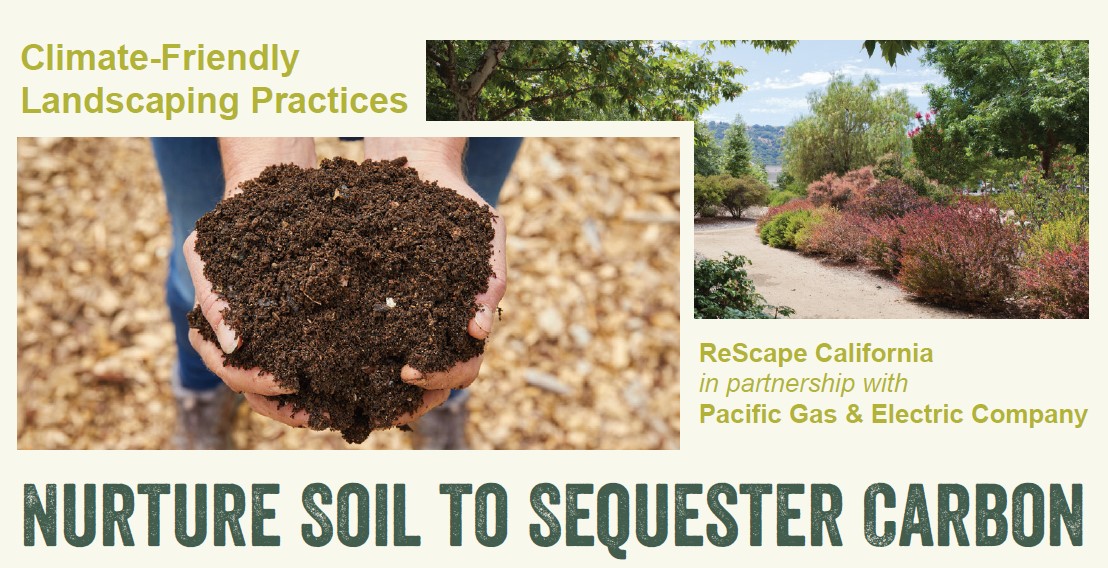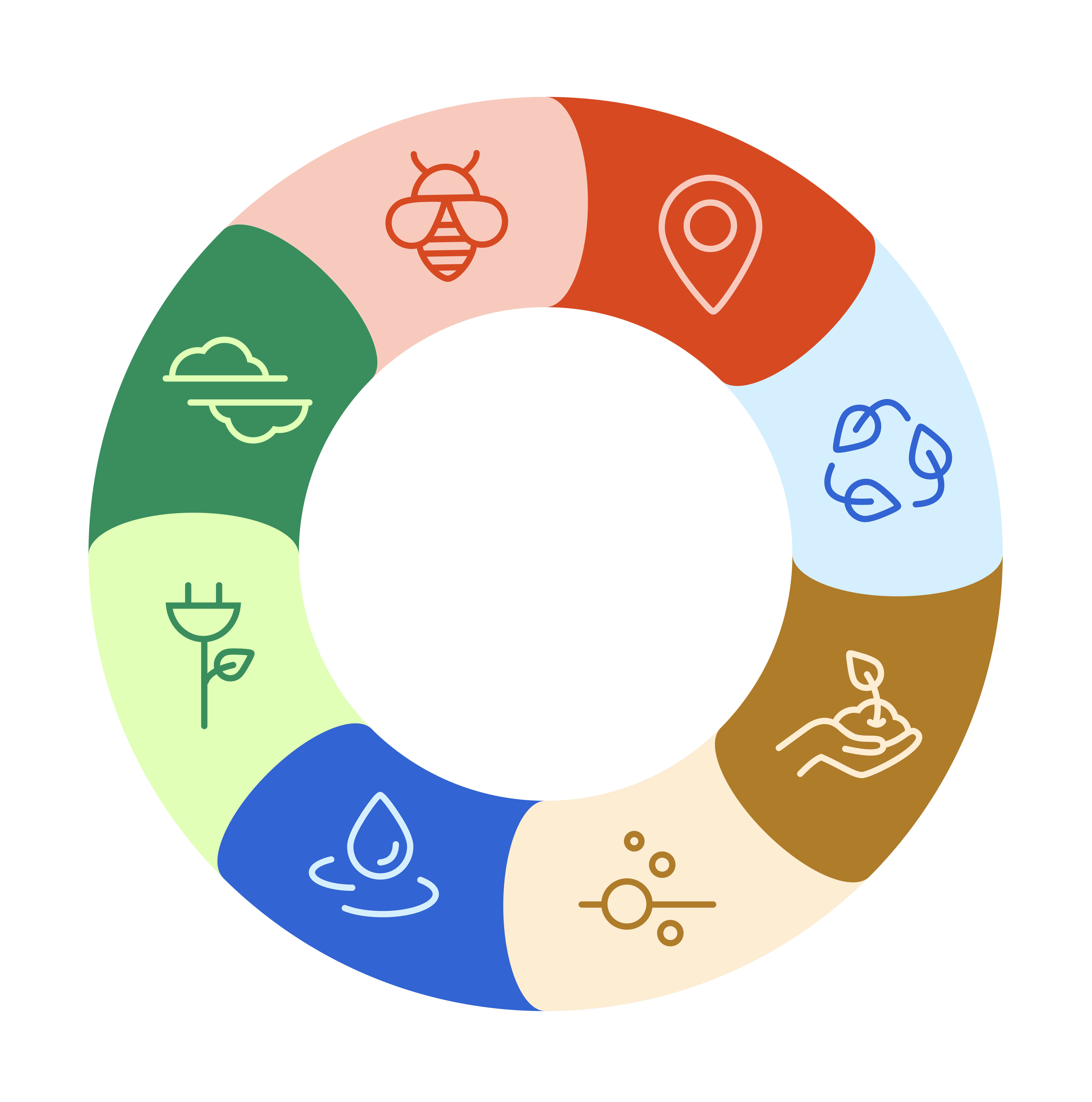|
Carbon Sequestration in the Landscape Series: #1 Nurture Soil to Sequester Carbon
Monday, October 19, 2020, 12:00 PM - 1:00 PM PDT
Category: ReScape Events
Carbon Sequestration in the Landscape Series
#1 Nurture Soil to Sequester Carbon
October 19, 2020 12-1pm | REGISTER HERE

Soils are living ecosystems and when landscape practices allow the soil food web to thrive, soil can filter pollution, store water, provide plant nutrients, and help plants resist pests naturally. The Earth’s soils hold more carbon than the atmosphere and all plant life combined, but more than half of this carbon has been released into the atmosphere. Urban soils have often been compacted, eroded, and depleted by conventional building and landscaping practices such as site grading, tilling, and using synthetic fertilizers and pesticides. And absent carbon and critical microbes, soil becomes mere dirt, a process of deterioration that’s been rampant around the globe.
Scientists say that regenerative agricultural practices can turn back the carbon clock, reducing atmospheric CO2 while also boosting soil productivity and increasing resilience to floods and drought. There is tremendous potential for slowing climate change by increasing the amount of carbon pulled from the atmosphere and stored in the soil, a process called carbon sequestration. Nurturing living soil helps return carbon to where it belongs: back in the soil.
About the Climate Change 8 Principles Webinar Speaker Series:
ReScape and PG&E are partnering to offer eight Speaker Series webinars about landscaping practices that address climate change, with a focus on carbon sequestration. This Speaker Series is a part of ReScape’s Climate Change Consortium Demonstration Projects to educate about climate change landscaping challenges and the solutions available using regenerative practices.
The webinars will provide information about reducing emissions and creating resilient landscapes. Up to 30% of urban water use goes to landscaping. We know that climate change will continue to stress water supplies throughout California and the US. Conventional landscape construction and maintenance practices contribute to greenhouse gas emissions (GHG) and air pollution.
Regenerative design install and maintenance of a landscape can help save energy and water. Sustainably well-designed landscapes not only add beauty to the environment, but also reduce heating and cooling costs. Awareness of the right drought-resistant plants located in the right location- trees, shrubs, or vines- deliver effective shade and cooling, decrease water usage, act as a windbreak, and reduce energy bills. Carefully positioned trees can save up to 25% of the energy a typical household uses.
Topics are based on ReScape’s 8 Principles and will provide an overview of the problem and the solution vis-à-vis the Principles. There will be hands-on tips and best practices for sequestering carbon, reducing emissions, saving water and creating resilient landscapes; and include actionable steps with references to science-based data and additional resources. Speakers are professionals, scientists and other experts.
|

 Prev Month
Prev Month View Month
View Month Search
Search Go to Month
Go to Month Next Month
Next Month
 Export Event
Export Event 
